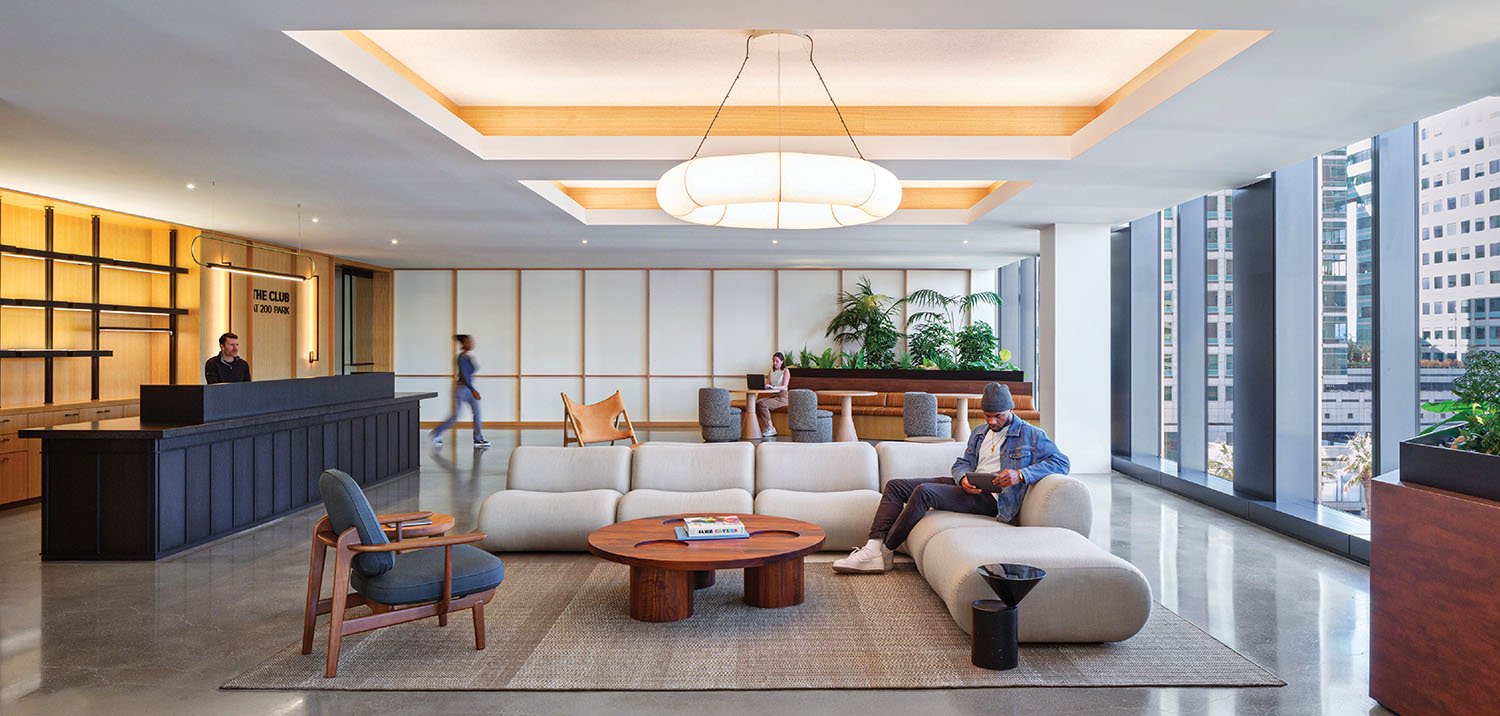Designers craft spaces that anticipate our needs and appeal to our emotions while pulling from a broad set of skills and technical knowledge. Interior design has changed dramatically since the early 20th century when it was just beginning to emerge as a profession.The best interior designers make it look easy, but behind that effortless beauty lies a combination of creativity, strategy, and precision. What feels natural and seamless to anyone walking into a well-designed space is actually the result of careful planning, an eye for balance, and a deep understanding of how light, textures, and functionality work together. Great designers know when to add and, more importantly, when to take away. They solve problems behind the scenes, coordinate with multiple stakeholders, and make countless micro-decisions so that the final result feels simple, intuitive, and timeless. True design excellence is not about complexity—it’s about creating harmony so well that it feels effortless.
Interior designers are expected to have working knowledge of:
- Textiles, materials, color, space planning, sustainability, and more
- Software applications for 2D & 3D computer-aided design (CAD) and building information modeling (BIM)
- Structural requirements, health and safety issues, and building codes
Today, interior designers work with contractors, architects, engineers, craftsmen, furniture dealers, and business and home owners. To become a successful interior designer, you need a well-rounded education and the skills to work within many disciplines (architecture; graphic design; decorative arts; and textile, furniture, and lighting design).






















